The elegant Peace Lily (Spathiphyllum) is a popular houseplant prized for its graceful white blooms and air-purifying qualities. While relatively low-maintenance, understanding its watering needs is crucial for its health and vibrancy. Finding the right balance can be tricky, and both underwatering and overwatering can lead to noticeable signs of distress. This comprehensive guide will equip you with the knowledge to accurately interpret your Peace Lily signals, ensuring you provide the perfect amount of hydration for a thriving plant in your home.
Understanding the Peace Lily's Hydration Preferences

Peace Lilies prefer consistently moist soil, but they are also susceptible to root rot if left sitting in soggy conditions. Native to tropical rainforests, they appreciate humidity but don't tolerate prolonged dryness or excessive saturation. Recognizing the subtle cues your Peace Lily provides is key to maintaining this delicate balance, especially considering the potential for drier indoor air due to air conditioning.
Also Read- Peace Lily And Sleep: Can This Plant Help You Sleep Better?
The Thirsty Signals: Signs Your Peace Lily Needs Water (Underwatering)
When your Peace Lily isn't receiving enough water, it will exhibit several telltale signs:
- Drooping Leaves: This is often the first and most dramatic indicator. The usually upright leaves will begin to droop and appear limp, as if the plant is bowing its head. This is a direct result of the plant cells losing turgor pressure due to dehydration.
- Wilting: If underwatering persists, the drooping will progress to wilting, where the leaves become flaccid and may even curl inwards. The entire plant can appear lifeless and weak.
- Dry Soil: This might seem obvious, but always check the soil moisture. The top inch or two will feel completely dry to the touch. In severe cases, the soil may even pull away from the sides of the pot.
- Lightweight Pot: A pot containing an underwatered Peace Lily will feel significantly lighter than usual because the soil has lost its moisture content.
- Crispy Brown Leaf Tips and Edges: While brown tips can also be caused by other factors like low humidity or tap water issues, consistently dry soil will lead to crispy brown edges and tips on the leaves.
- Stunted Growth: Prolonged underwatering can hinder the plant's growth, leading to fewer new leaves and smaller overall size.
- Yellowing of Lower Leaves (in some cases): While more common with overwatering, severe and prolonged underwatering can sometimes cause the lower leaves to turn yellow and eventually brown as the plant prioritizes water for its newer growth.
Also Read- Peace Lilies In Bathrooms: The Perfect Humidity-Loving Plant
The Dangers of Too Much Love: Signs of Overwatering Your Peace Lily

Overwatering is equally detrimental to Peace Lilies and can lead to root rot, a condition that suffocates the roots and prevents them from absorbing water and nutrients effectively. Here are the signs of an overwatered Peace Lily:
- Yellowing Leaves (Often Starting from the Bottom): Similar to underwatering, yellowing leaves can occur, but with overwatering, it often starts with the lower, older leaves and progresses upwards. The yellowing may appear more widespread and accompanied by a mushy texture.
- Brown or Black Soft Spots on Leaves: Unlike the crispy brown tips of underwatering, overwatering often manifests as soft, brown or black spots on the leaves. These spots can appear anywhere on the leaf and indicate fungal infections thriving in the overly moist conditions.
- Wilting Despite Moist Soil: This is a key indicator of overwatering and root rot. The roots are damaged and unable to transport water to the leaves, even though the soil is saturated.
- Soggy Soil: The soil will feel consistently wet and heavy. If you press down, water may even seep out.
- Musty or Foul Odor from the Soil: The smell of decaying organic matter indicates root rot caused by prolonged wetness.
- Mold or Fungus Growth on the Soil Surface: Excessive moisture can create an environment conducive to mold or fungal growth on the top layer of the soil.
- Edema (Blister-like Swelling): In some cases, overwatering can lead to edema, where small, water-filled blisters appear on the leaves.
- Mushy Stems: In advanced cases of root rot, the base of the stems may become soft and mushy to the touch.
Decoding the Signals and Taking Action

When you observe any of these signs, it's crucial to take prompt action:
- For Underwatering: Water your Peace Lily thoroughly until water drains from the bottom of the pot. Allow any excess water to drain away. Adjust your watering schedule to water more frequently, checking the soil moisture regularly. Consider increasing humidity levels.
- For Overwatering: Stop watering immediately. Allow the soil to dry out significantly before watering again. You may need to repot the plant in fresh, well-draining soil, inspecting the roots and trimming away any signs of rot (soft, brown, or black roots). Ensure your pot has adequate drainage holes. Adjust your watering schedule to water less frequently, allowing the top inch or two of soil to dry out between waterings.
Preventing Watering Issues in Your Home

The best approach is always prevention. Here are some tips for maintaining optimal watering for your Peace Lily:
- Check Soil Moisture Regularly: Use your finger or a moisture meter to assess the soil's dryness before watering.
- Water Thoroughly but Infrequently: Allow the top inch or two of soil to dry out before watering deeply.
- Ensure Good Drainage: Always use pots with drainage holes.
- Consider Your Environment: Air conditioning can dry out the air and soil faster. Adjust your watering accordingly.
- Observe Your Plant: Pay attention to your Peace Lily's overall appearance and adjust your watering habits based on its specific needs.
By becoming attuned to the subtle cues your Peace Lily provides, you can master the art of watering and ensure your plant thrives, bringing beauty and fresh air to your home for years to come. Remember, consistent observation and a flexible approach are key to a happy and healthy Peace Lily.


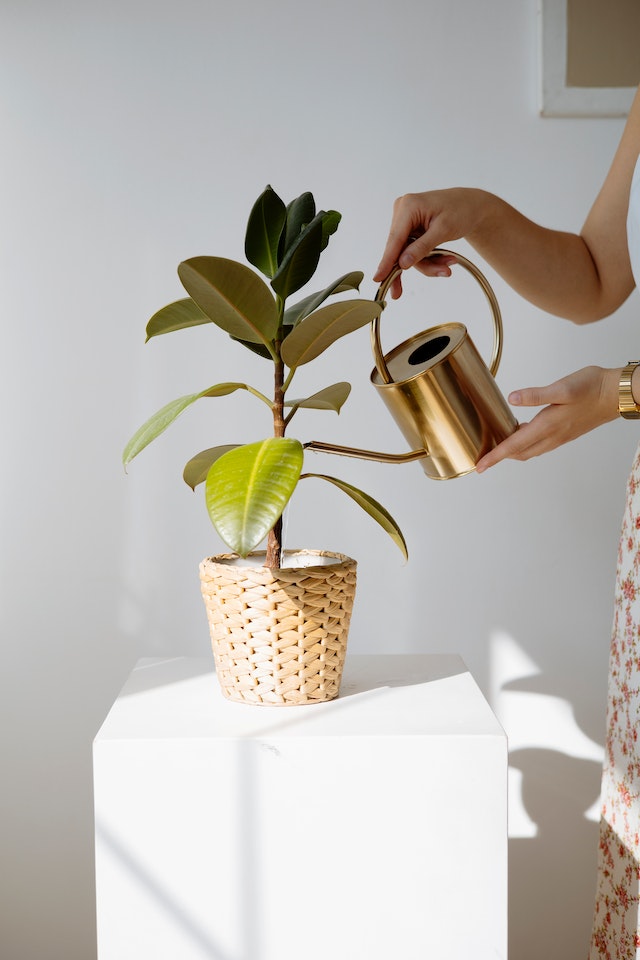

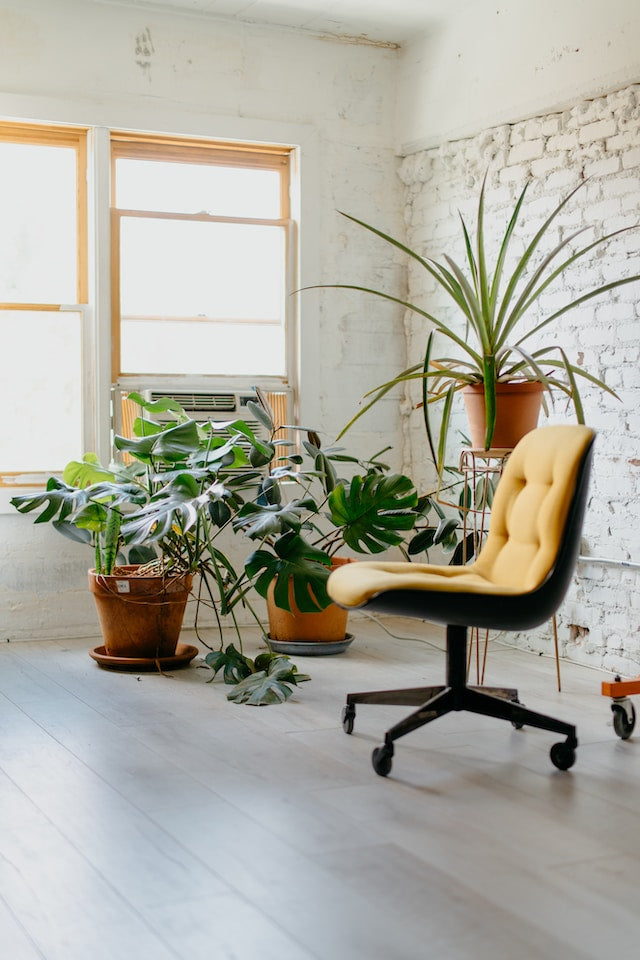
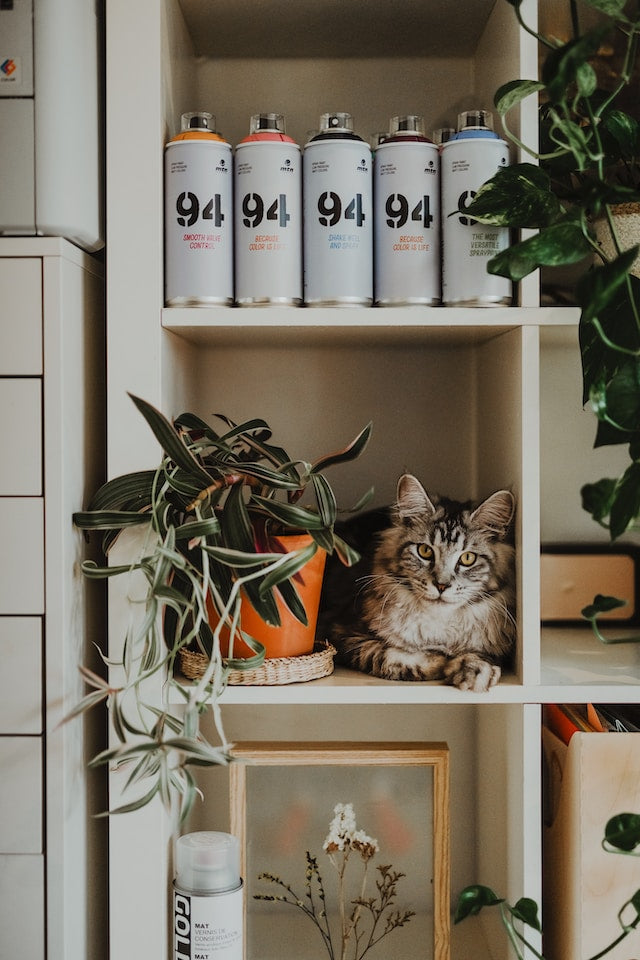

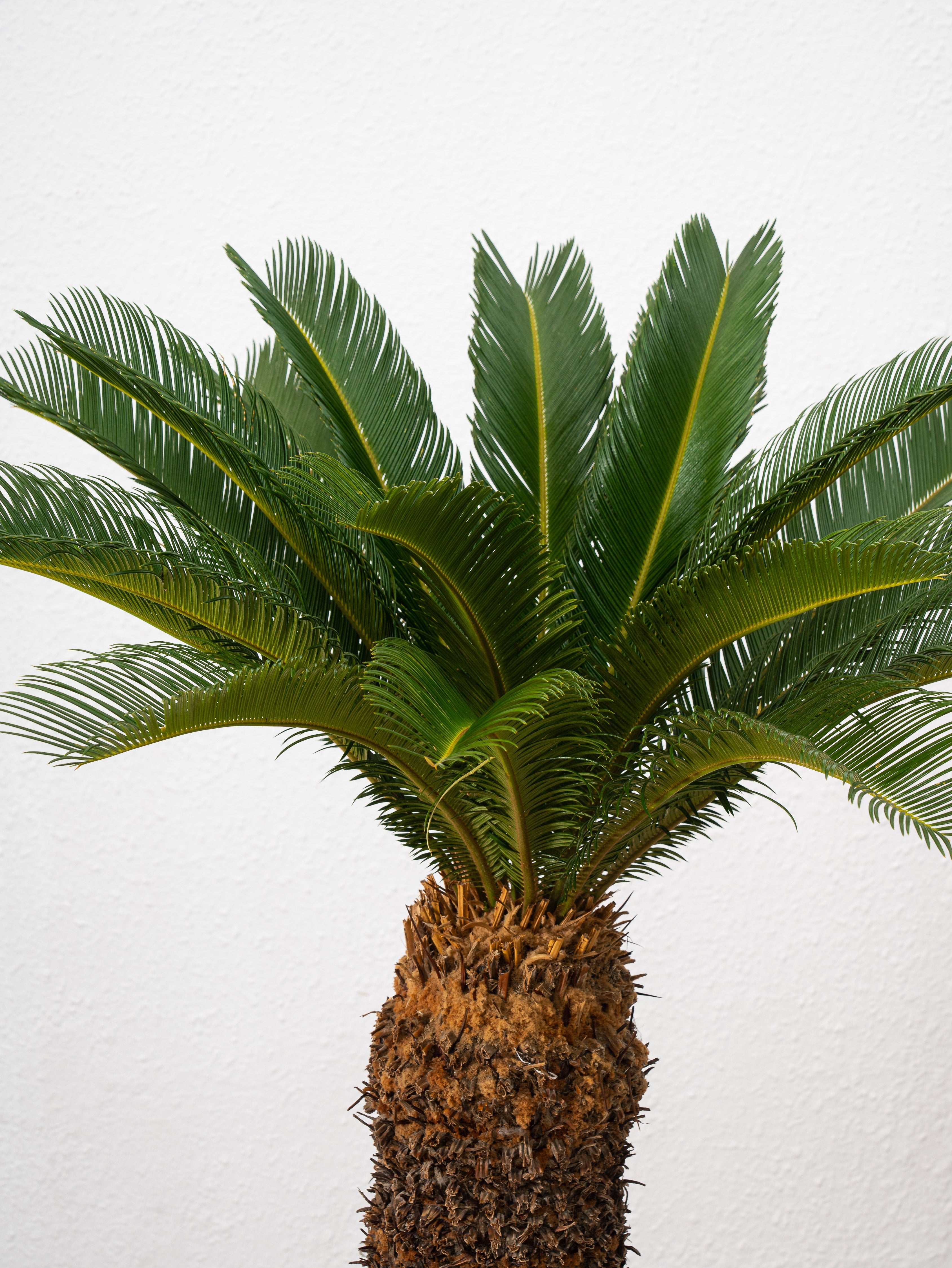
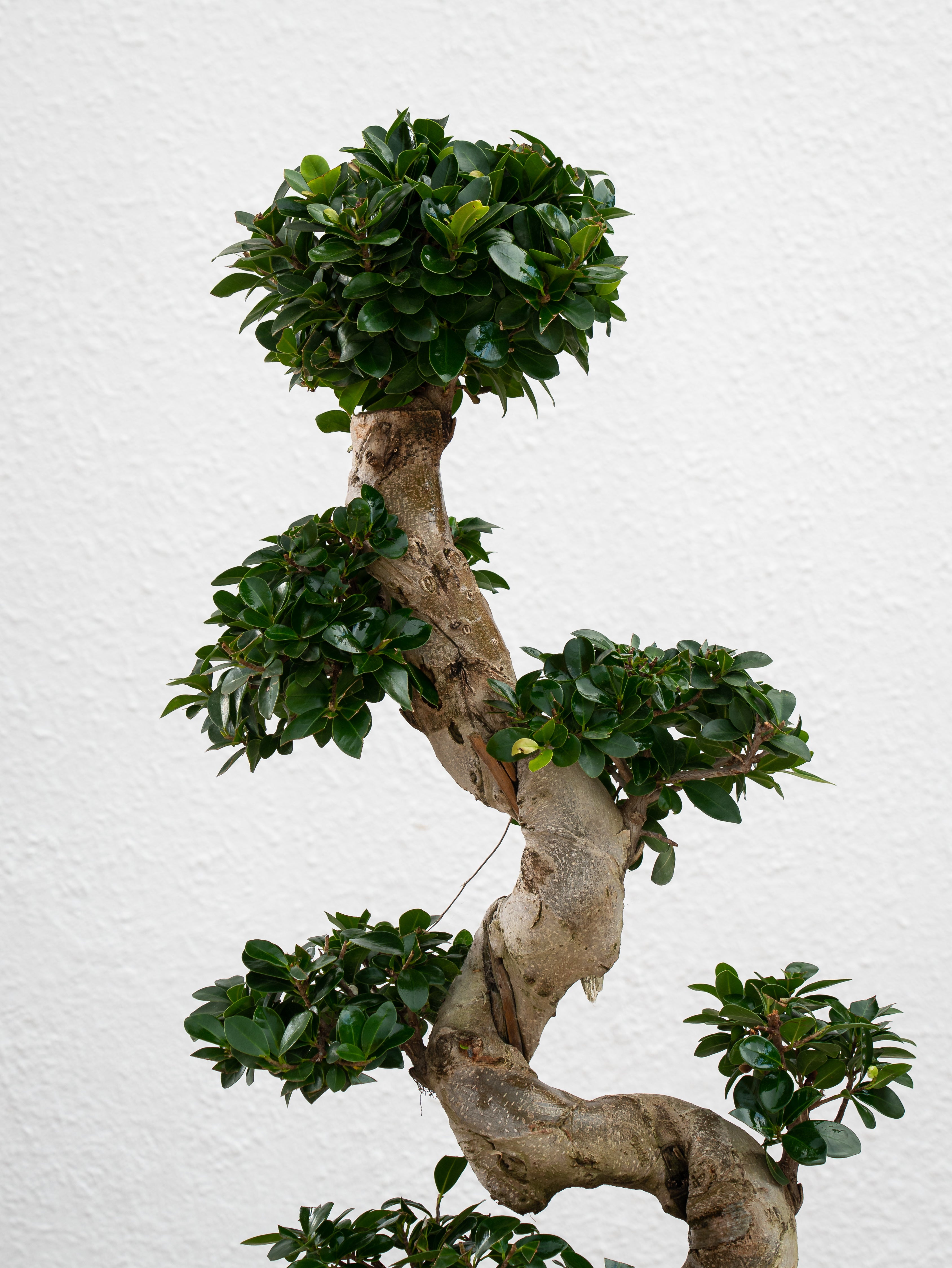
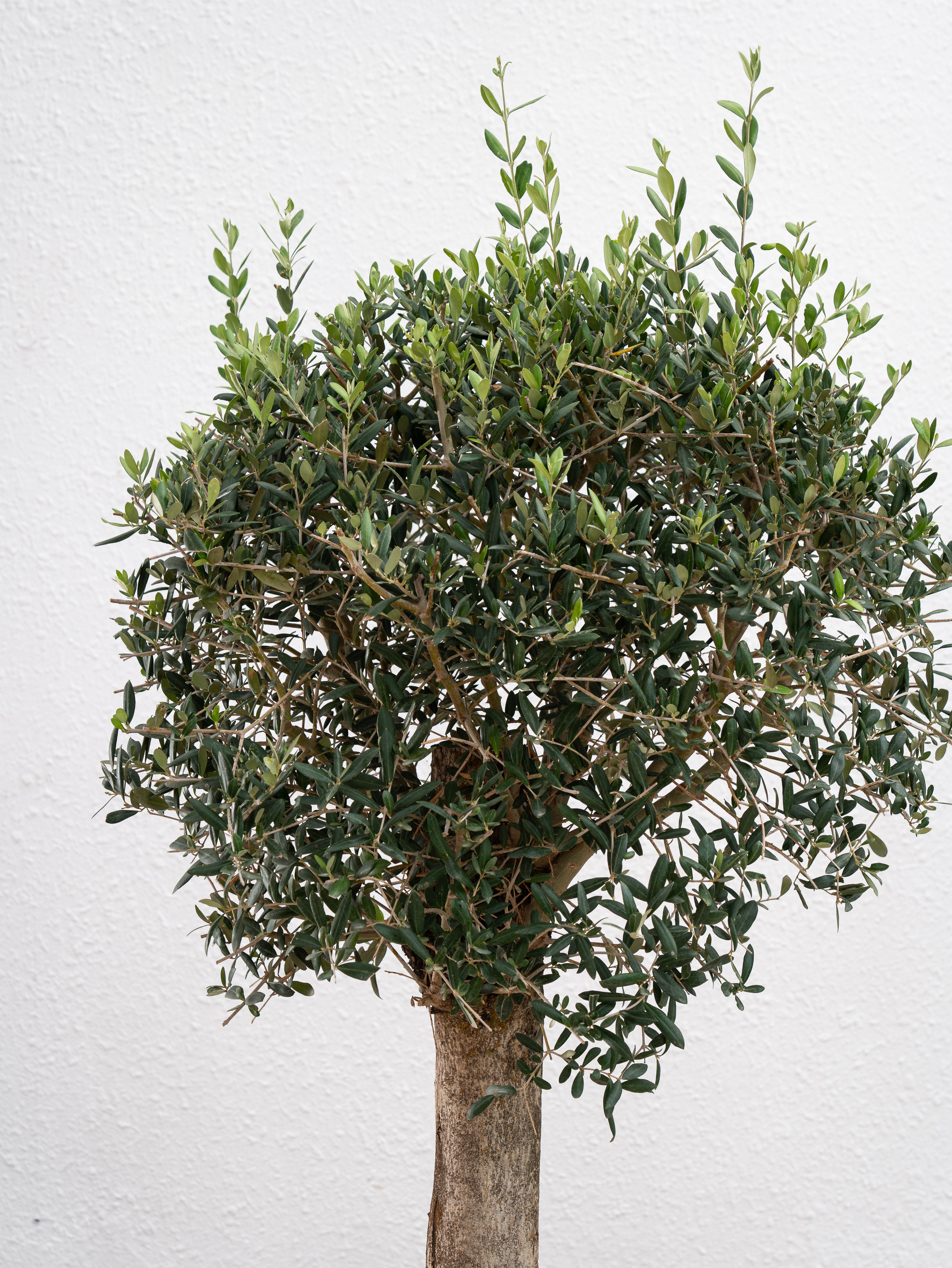
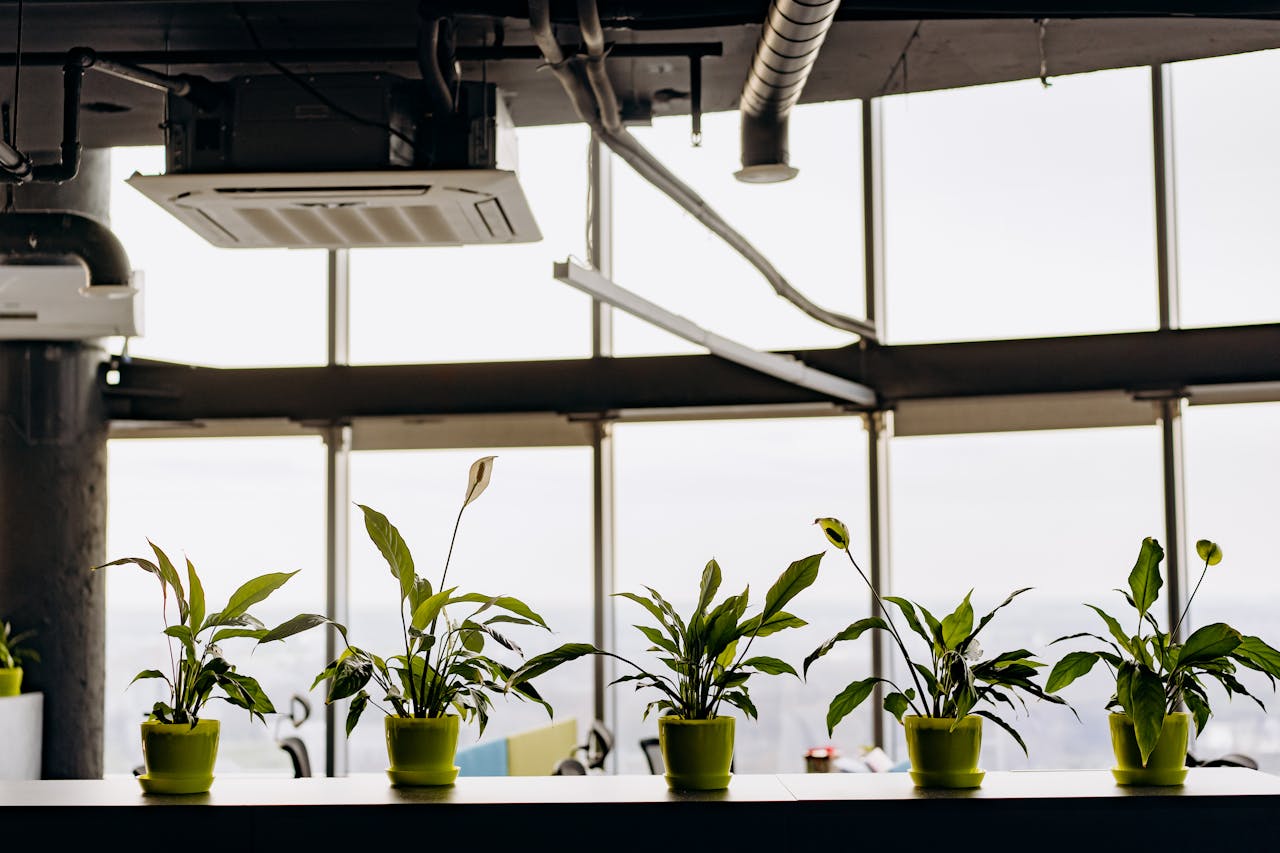
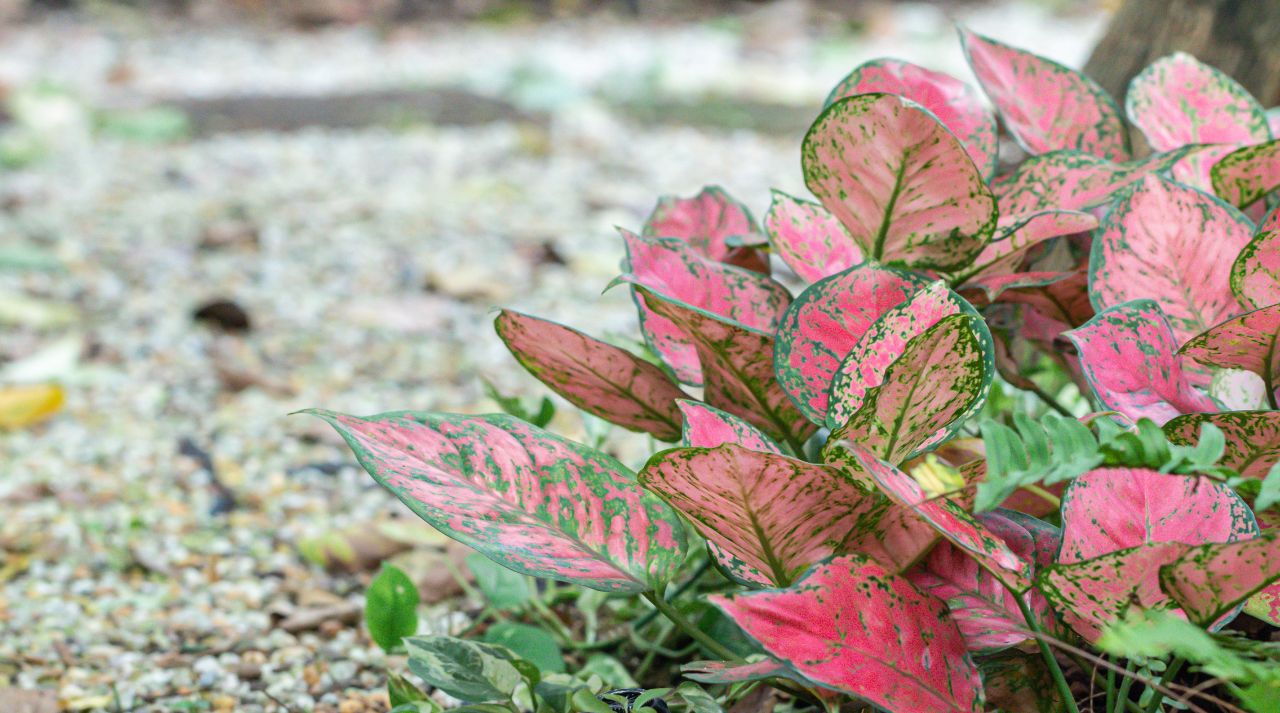

Leave a comment
This site is protected by hCaptcha and the hCaptcha Privacy Policy and Terms of Service apply.